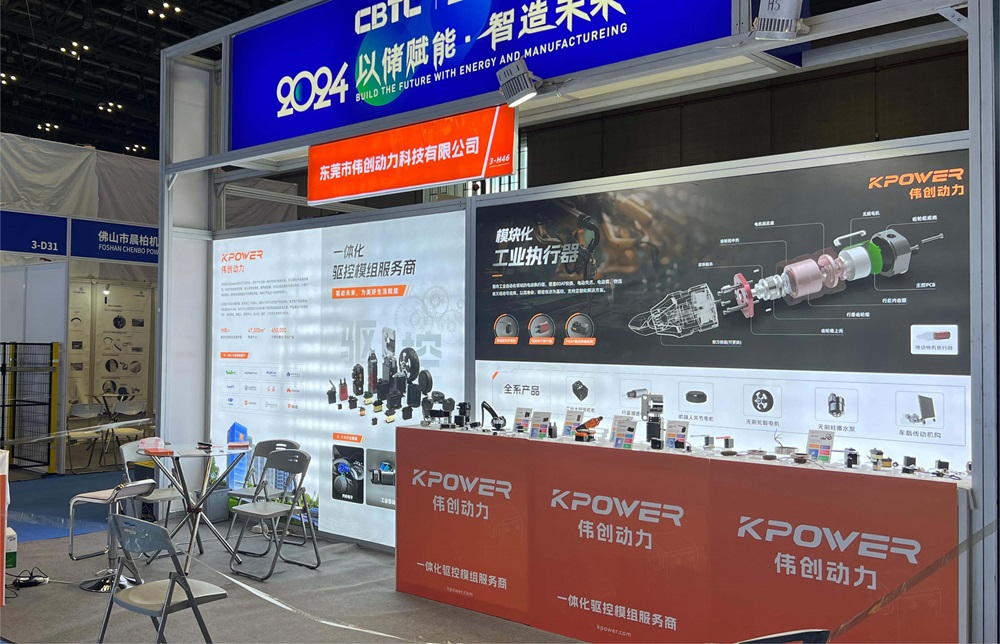Unveiling the Basics of DC Servo Motors
In the realm of automation, robotics, and precise control systems, DC servo motors are the workhorses that drive accuracy and efficiency. These compact yet powerful machines are engineered to convert electrical energy into controlled mechanical motion, offering exact positioning, speed, and torque capabilities. Whether in manufacturing, aerospace, or consumer electronics, understanding the core elements of a DC servo motor begins with comprehending its datasheet.

A datasheet acts as the motor’s resume— a comprehensive document that catalogs all essential specifications, features, and operational parameters. For engineers and designers, a thorough grasp of a datasheet ensures they select the right servo motor for their application, optimize its performance, and troubleshoot issues effectively.
Key components of a DC servo motor datasheet
Electrical Specifications: This section details the voltage ratings, current requirements, and power ratings. These parameters help you understand the electrical demands and compatibility with your control systems. For instance, a typical DC servo motor datasheet specifies the rated voltage (e.g., 12V, 24V), stall current, and no-load current.
Mechanical Specifications: Here, attributes such as shaft dimensions, mounting holes, terminal types, and weight are included. These details are crucial for mechanically integrating the servo into existing systems.
Performance Data: This is perhaps the most vital part, revealing torque vs. speed curves, rotational inertia, and maximum torque capabilities. It illustrates how the motor behaves under different operational conditions, assisting designers in predicting performance.
Control and Feedback: These sections specify the type of encoder or resolver integrated, resolution, and feedback signals. Since servo motors excel in precision control, knowing how feedback is handled is fundamental.
Environmental Conditions: Operating temperature ranges, humidity limits, and protective features like IP ratings (Ingress Protection) are detailed here, informing about the motor’s durability in various environments.
Compliance and Certifications: To ensure safety and quality standards, datasheets often list certifications such as CE, UL, or RoHS compliance.
Now, knowing what to look for in a datasheet helps demystify the complex specifications and makes selection more straightforward. But the true power lies in interpreting these data points to match your application’s demands.
Understanding performance curves and their relevance
One of the most insightful parts of a datasheet are the performance curves — graphical representations plotting parameters like torque against speed. These curves reveal the operational sweet spot for the motor and highlight how it manages load changes. For example, a typical torque-speed curve might show a high torque at low speeds that tapers off as speed increases, informing you how the motor will perform under various loads.
Interpreting these curves allows engineers to ensure the motor's capabilities align with application needs. For instance, a robotics arm demanding high torque at low speeds would benefit from understanding how the motor performs near stall conditions, which may be specified as maximum torque or stall torque on the datasheet.
Application-specific considerations
Different projects have unique requirements. For example:
Industrial Automation: Here, durability and continuous operation are vital. Checking for an IP-rated motor with robust environmental specifications is key.
Aerospace or Marine: Weight and resistance to moisture or corrosion are critical, so the datasheet’s environmental and compliance sections become highly relevant.
Robotics and CNC Machines: Precision and feedback control parameters—like encoder resolution and motor constants—are paramount.
In essence, understanding the details embedded within a datasheet enables a more targeted and efficient selection process, ultimately leading to systems that perform reliably over the long term.
End of Part 1. (Second part will follow with a deeper dive into integrating a DC servo motor, practical considerations, and future trends.)
Established in 2005, Kpower has been dedicated to a professional compact motion unit manufacturer, headquartered in Dongguan, Guangdong Province, China.




































